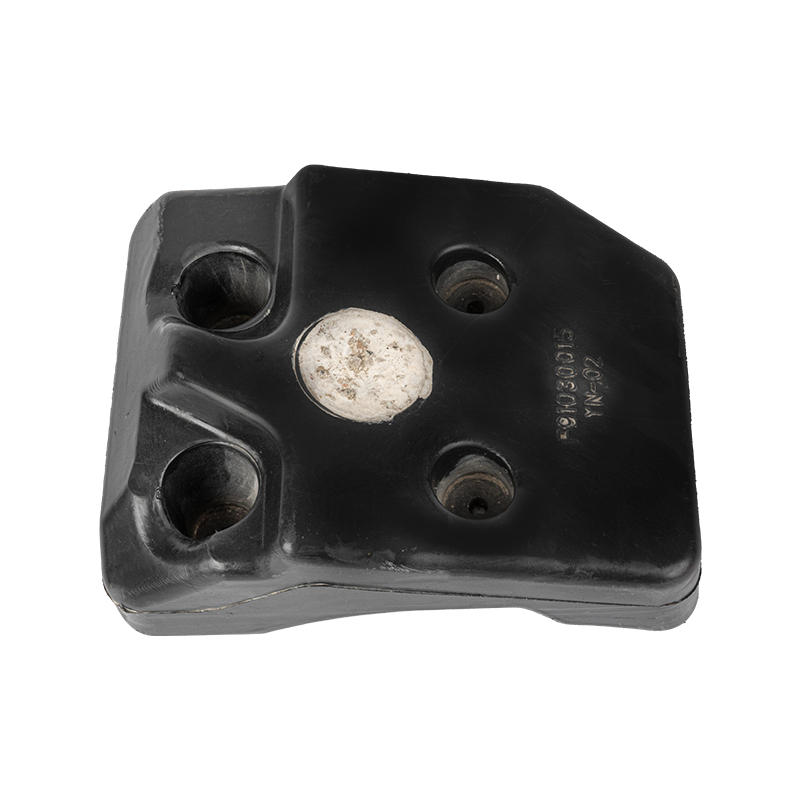Provide you with the latest enterprise and industry news.
1. Load Capacity:
The load ability of machinery at once affects the dimensions and location of higher counterweights. It's vital to make certain that the machinery stays strong and balanced even as dealing with various loads. The counterweight wishes to offset the weight of the weight being lifted or supported to prevent the equipment from tipping over or turning into imbalanced. Engineers behavior thorough calculations to determine the counterbalance needed, considering different load situations that the equipment may stumble upon for the duration of its operations. Whether it's a crane lifting heavy cargo or an elevator wearing passengers, the counterweight's length is adjusted to suit or exceed the maximum expected load, ensuring balance and protection below all conditions.
2. Center of Gravity:
Understanding the machinery's center of gravity is important in figuring out in which and how much counterweight is required. The center of gravity represents the point where the whole weight of the equipment is concentrated. By strategically putting the higher counterweight in terms of this center of gravity, engineers can efficaciously offset any imbalance resulting from the burden being lifted or moved. Calculations contain complicated physics and engineering standards to envision the exact positioning and weight important for the counterbalance. This precision ensures that the machinery remains strong and operates smoothly, decreasing the chance of accidents or malfunctions because of an unbalanced middle of gravity.
3. Weight Distribution:
The distribution of weight throughout the machinery performs a good sized function in determining the dimensions and placement of higher counterweights. Engineers examine how weight is distributed among diverse components and structures of the equipment. By expertise the burden distribution pattern, they are able to strategically vicinity counterweights to acquire best balance. This consideration allows in stopping immoderate strain on specific elements of the equipment, ensuring uniform weight distribution, and improving general balance. It's critical to stability the weight effectively with out overburdening certain sections or inflicting uneven stress that might cause mechanical screw ups.
4. Lifting Height and Range:
The machinery's functionality to lift objects to varying heights or cowl a particular range without delay influences the counterweight requirements. As the lifting top modifications, the leverage and forces performing on the equipment additionally trade. Engineers take into account those factors when figuring out the counterweight's length and site to preserve stability at some point of the entire variety of movement. They calculate the desired counterbalance adjustments to compensate for the changing forces and make sure balance, no matter the lifting height or variety, allowing safe and green operations.
Upper Counterweight

Upper Counterweight


 EN
EN 英语
英语 中文简体
中文简体







